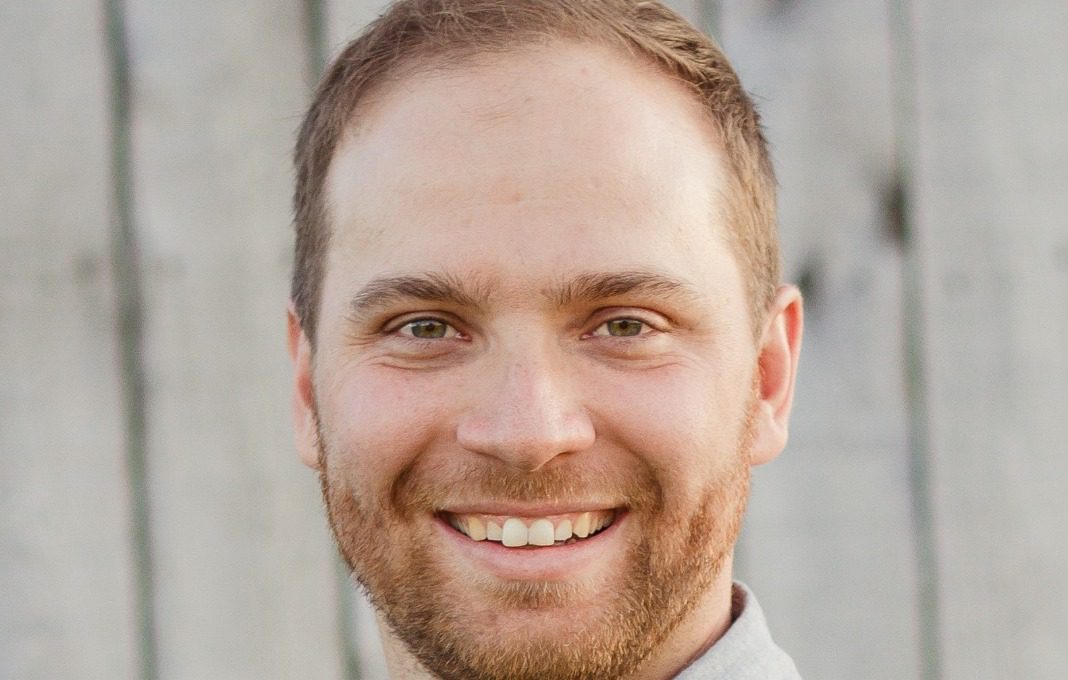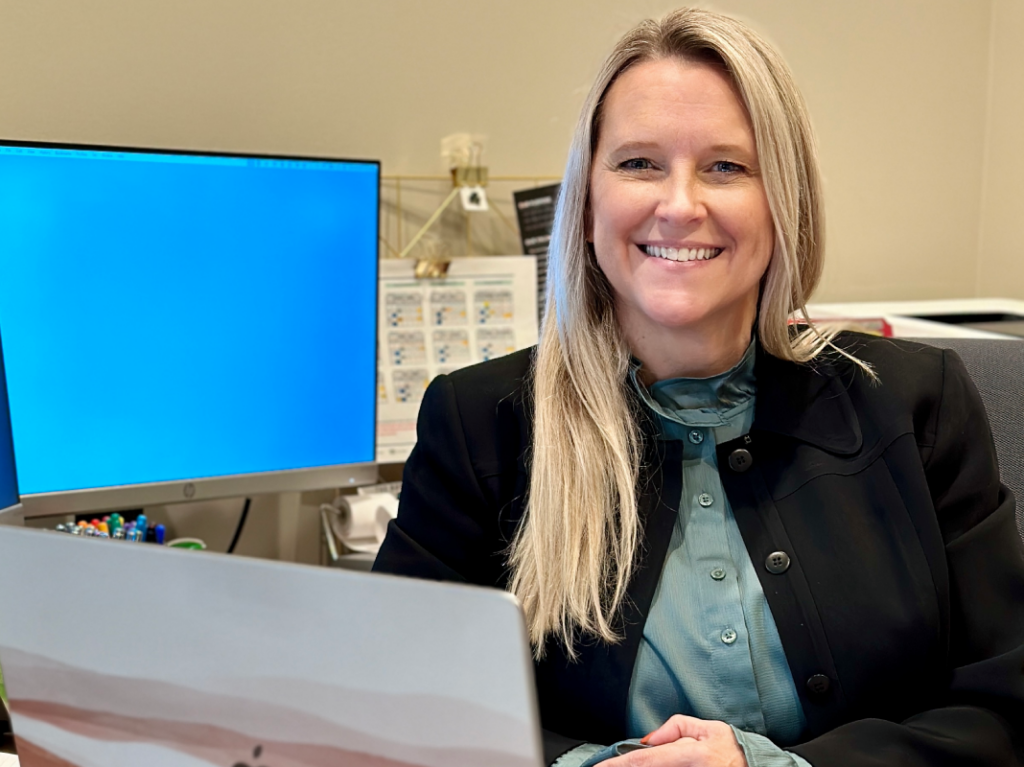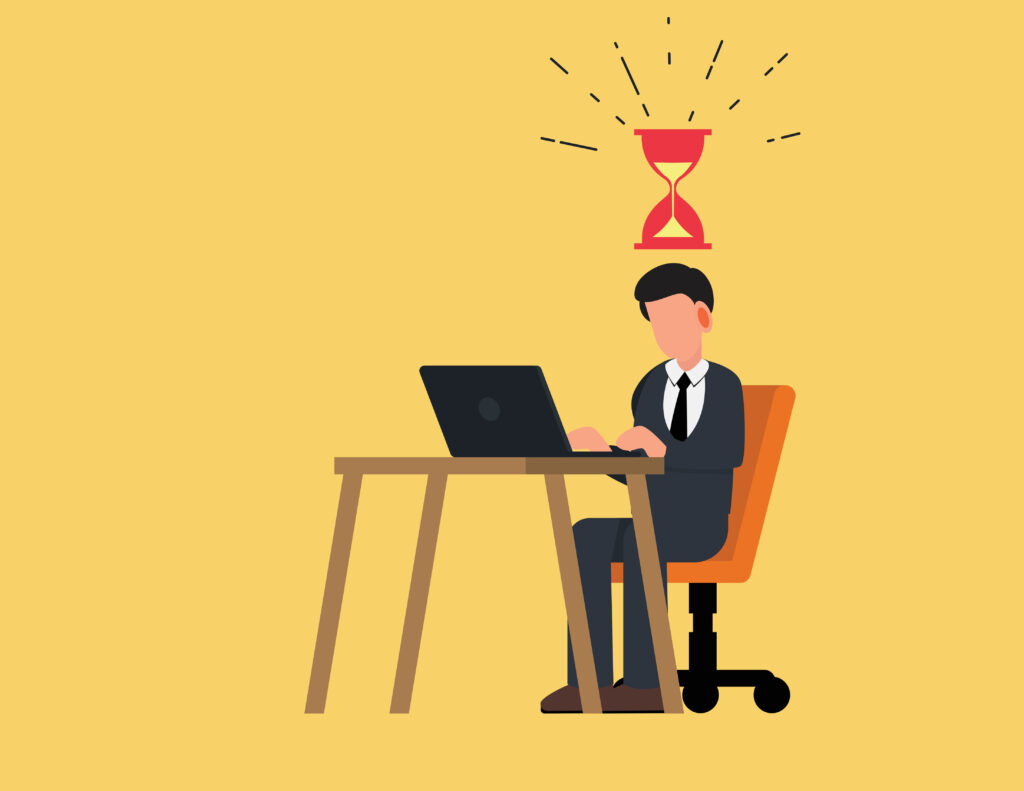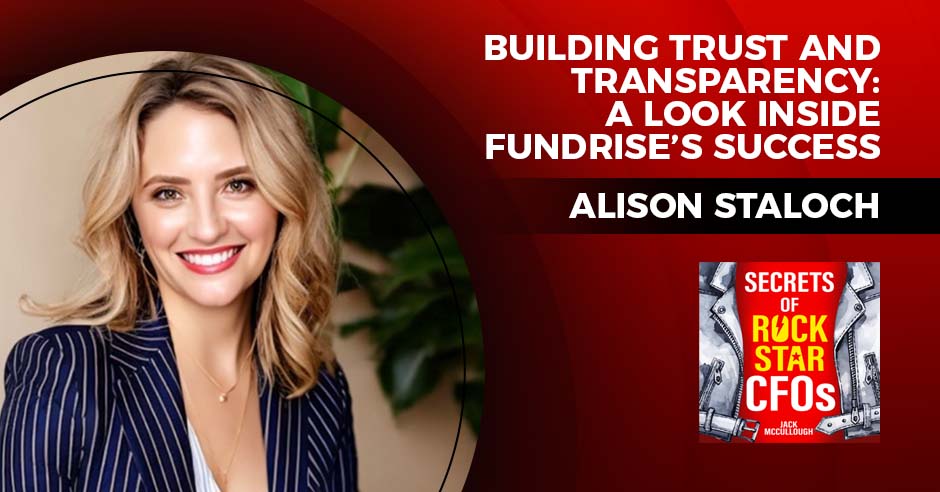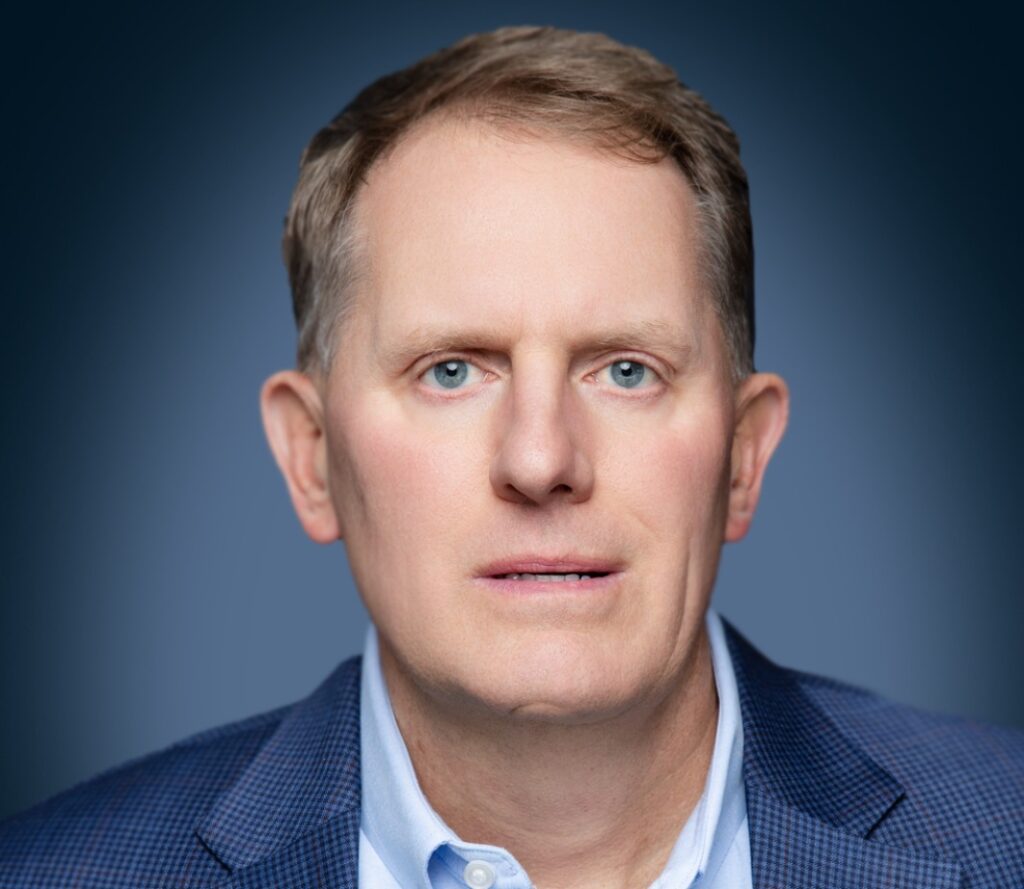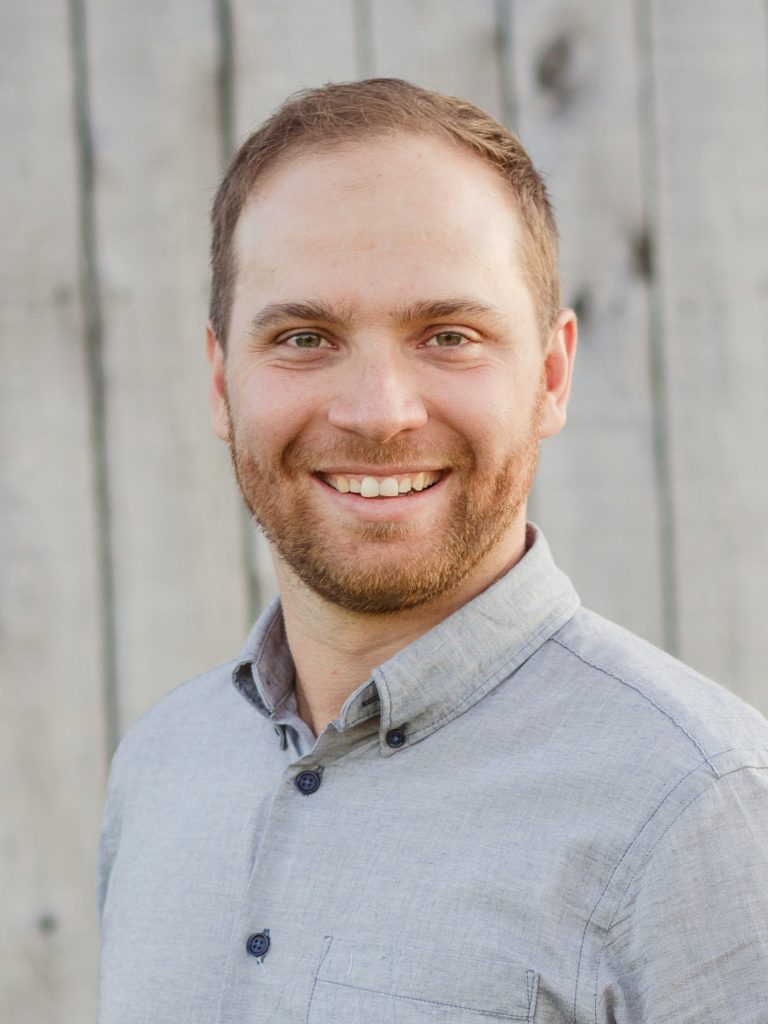 Mathieu Bourdeau is CFO of Geomega, a Canadian early-stage clean technologies company based in Boucherville, Quebec that is working to extract and separate rare earth elements from magnets and other industrial waste materials in an economically and environmentally friendly way. The company is leveraging its ISR proprietary technology (Innord’s Separation of Rare Earths) in its efforts to tap into a $790 million global market of rare earth magnet production waste and end of life scrap profitably and safely. We asked Bourdeau about his role in “de-risking” the proprietary technology so that the company can become commercially viable.
Mathieu Bourdeau is CFO of Geomega, a Canadian early-stage clean technologies company based in Boucherville, Quebec that is working to extract and separate rare earth elements from magnets and other industrial waste materials in an economically and environmentally friendly way. The company is leveraging its ISR proprietary technology (Innord’s Separation of Rare Earths) in its efforts to tap into a $790 million global market of rare earth magnet production waste and end of life scrap profitably and safely. We asked Bourdeau about his role in “de-risking” the proprietary technology so that the company can become commercially viable.
How are you involved in the company’s de-risking ISR technology to deliver cash flow, increase margins and return value to shareholders?
All of the hard work we have put in over the years has culminated to where we are now. Our company started out as a rare earths junior exploration company, but we quickly realized that the industry challenges lied more in the processing of the rare earths than the actual mining process and so we switched our focus to developing and perfecting our ISR technology. We felt there was more value for our shareholders, and certainly a better approach for generating revenue with a huge potential for growth and diversification. As a rare earth recycler we’ve yet to generate any sales, but we have positioned ourselves as a global leader.
We have demonstrated our technology at the pilot scale and are now working in parallel to our rare earths recycling core business with companies in the mining and industrial sectors in solving problems with waste and creating value from that. We are now building a demonstration plant that will give us the occasion to prove our technology on a larger scale with multiple feeds of rare earth materials to be recycled. In particular, we are excited about the great potential to recycle materials that can then be used as parts for electrical vehicles, for example.
The demonstration plant is about a $4.5 million investment and we needed to raise money to build it. It is very hard to go to a bank and convince them to loan money with favorable terms, particularly when we haven’t generated any sales – all we have right now is our technology. On the other hand, there are always a lot of people who are ready to lend money to a company in the R&D stage, but it’s not always with favorable conditions and terms.
I’m involved in structuring partnerships and building value — my role is to demonstrate to investors that this is an economically viable plan. This implies building a lot of financial models and meetings with investors to raise the money to build the demonstration plant and lead to us to generating cash flow. A lot of our financing has come from institutional loans as well as different government grants, but we also have to raise money in the public market, so I’m involved in the public disclosures for that. Last November we successfully raised $2.5 million in a private placement, and we then raised another $1 million when people exercised warrants in the recent weeks.
We are focused on bringing more value to the company and further developing our expertise. We still have a lot of research projects for other feeds of material we’d like to develop with the goal of eventually diversifying our revenue stream. My job is to make sure we have the funds to fulfill our objectives and that these funds come with the best terms as possible.
As finance chief of an early-stage company, how have you demonstrated to investors that your business model is economically viable?
As CFOs, our job is to run the numbers as accurately as possible. How we run them and what weighs in our risk analysis is what sets us apart. Early-stage companies are generally viewed as unproven and we must be mindful of that when building our financial models. It is important to factor in contingencies and be quite conservative in our margins, while being able to think outside the box. To be able to do this, it is very important to understand the business well and to work in close collaboration with the other members of the team. Investors like to see that we have considered a variety of possible outcomes and built-in fail-safes that ensure the company’s success.
At its core, economic viability rests on being able to provide a service or product to the market. Part of that involves demonstrating the need that the company addresses. Even more important, that your company provides solutions to an ever-growing demand. This is done through extensive and, crucially, ongoing research.
Economic viability also means demonstrating that your company remains relevant over time, relying on the risk analysis as mentioned earlier, but also on adapting and diversifying your company’s offerings at minimal cost.
When diversifying however, it’s important not to loose sight of your company’s fundamental purpose and not jump into to something entirely out of line with your core business. This imparts a heavy risk and impacts the bottom line. Long-term vision and economically sound diversification is a tremendous value.
What advice do you have for CFOs in early-stage companies on getting loans with the most favorable terms?
First and foremost, the key to successfully financing operations is really believing in what your company is working towards. While it seems obvious, really knowing what the company stands for and particularly what it is moving towards, is key in discussions with potential lenders. Relaying this with confidence helps you stand out against others who don’t have the convictions or vision that your company and its management bring to the table. Moreover, being part of a dynamic management team who share the same passion and encourage the initiatives which a CFO brings forward are important.
Being able to negotiate favorable lending terms stems from being able to demonstrate that your company has potential that others lack. Having meaningful partnerships with key industry players for instance shows that your company has been under scrutiny and has proven itself to be a worthwhile enterprise.
Support from institutional and governmental entities reflect things such as social acceptance and long-term commitment to success with the company’s initiatives. These demonstrate that your company has solid footing, solid support and presents favorable investing conditions. As such, lenders factor this into de-risking their own position and are more amenable to favorable lending terms. This in itself sets off a sort of snowball effect where the lenders are not as concerned about the company being influenced by less-than-ideal financing and are ultimately more confident in the position they hold with the company.
Any other take-aways for other CFOs at companies trying to advance from the R&D stage to the commercial stage?
I believe strongly in a slow and steady approach, meaning, being mindful of what the company is trying to achieve and working towards it one step at a time. The markets are weary of companies aiming too big and too fast — the old idiom of overpromising and underachieving comes to mind. Yes, a company needs to achieve a positive cash flow position to succeed, but there has to be incremental milestones that create solid gains towards a company’s goal.
Being able to demonstrate that your service or products delivers on its promise through small successes resonates well with investors, builds confidence and positions your company favorably with the market. Being well positioned at the R&D stage creates ideal conditions all around for moving towards commercialization.


